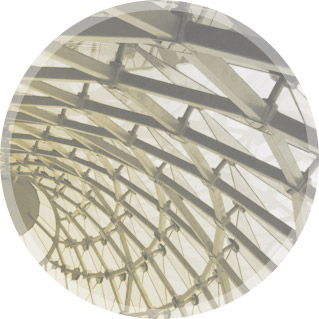University of Cincinnati
The School of Architecture & Interior Design
The University of Cincinnati's Master of Architecture (M.Arch) program is committed to the design and production of buildings that are useful, durable, meaningful, inspiring, and responsibly engaged with their physical, cultural, and social contexts.
https://daap.uc.edu/academic-programs/school-of-architecture-interior-design.html
Setting

Programs

of Focus

Opportunities

Facilities

Policies
The university is an R1 research institution with over 50,000 students in one of the country's major cities, known for its major art institutions. The School of Architecture and Interior Design is part of the college of Design, Architecture, Art, and Planning (DAAP)
School Philosophy
The School is defined by it commitment to the practical and theoretical concerns of architecture and is known for it over one hundred year old coop program. Students are placed in paid internships, rotating between university education and practical training.
Undergrads are trained to enter professional offices starting after their third semester. Grad students also do professional coops and are trained towards licensure, culminating their education with an independent thesis and research project. Doctoral students pursue dissertation topics on the theory of architecture as it pertains to practice.
1. Art & Design
2. Digital Fabrication & Technology
3. Materials and Construction
4. Historic Preservation 5. History | Theory | Criticism
6. Urbanism
7. Interior Design
8. Sustainability & High-Performance Built Environments
Transfer Policies
Undergraduate transfers are accepted.


